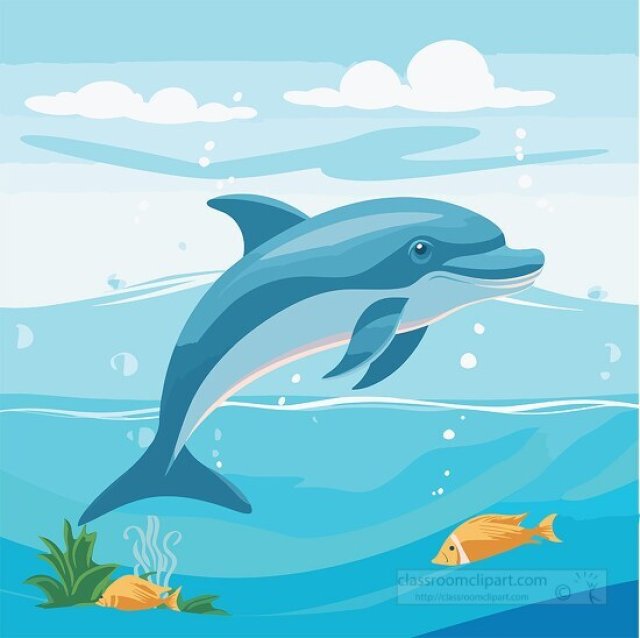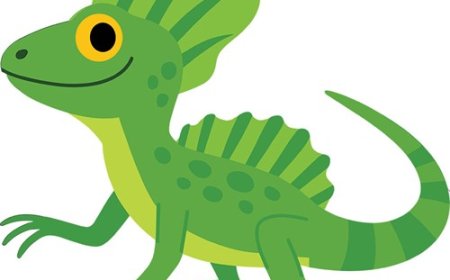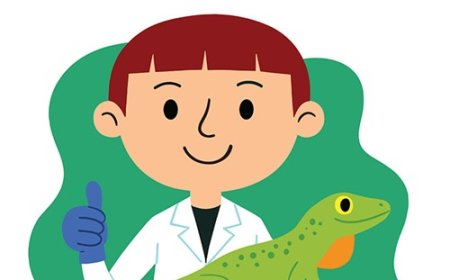Dolphins for Kids: Fun Facts, Habitats, and Intelligence
Discover dolphins in this kid-friendly guide! Learn amazing dolphin facts, how they use echolocation, what they eat, and why they are so smart and playful.

🐬🌊 Dolphins: The Smart and Playful Mammals of the Sea
Dolphins are some of the most intelligent and social animals in the ocean. Known for their playful behavior and friendly appearance, dolphins belong to a group called cetaceans, which also includes whales and porpoises. Even though they look like fish, dolphins are actually mammals, which means they breathe air, give birth to live young, and produce milk for their babies.
There are about 40 different species of dolphins found all over the world. Some live in the open ocean, while others prefer shallow coastal waters or even rivers. The most common and well-known species is the bottlenose dolphin, which is often seen in aquariums and movies. Other species include the spinner dolphin, known for leaping and spinning in the air, and the orca, or killer whale, which is actually the largest dolphin species.
Dolphins have sleek, streamlined bodies built for speed and agility. Most have a gray or bluish-gray skin, a long beak-like snout, and a curved dorsal fin on their back. Their powerful tails, called flukes, help them swim up to 20 miles per hour when chasing fish or escaping predators. Dolphins also have excellent eyesight and hearing, and they use a special ability called echolocation to find food and navigate underwater. Echolocation works like sonar: dolphins send out clicking sounds, and when the sounds bounce back from objects, their brains create a detailed picture of what’s around them.
Dolphins are carnivores, which means they only eat meat. Their diet includes fish, squid, and crustaceans like shrimp. Some dolphins hunt alone, but many work together in groups called pods to surround schools of fish and trap them. Pods can be small, with just a few dolphins, or huge, with hundreds swimming together. Dolphins communicate using clicks, whistles, and body language. Scientists believe they can even call each other by name with special signature whistles.
Dolphin mothers give birth to a single calf after a pregnancy of about 12 months. When a baby dolphin is born, it must swim to the surface right away to take its first breath. Calves stay close to their mothers for protection and to learn how to find food. Mothers feed their calves milk for up to two years, and in some species, family bonds last a lifetime.
Even though dolphins are very good at taking care of themselves, they still face many dangers. Pollution, like oil spills and plastic waste, can hurt dolphins or their food sources. Dolphins also get caught accidentally in fishing nets, a problem called bycatch. Climate change is affecting the oceans, making it harder for dolphins to find enough food in some areas. Some dolphin species are endangered because of these threats.
People all over the world admire dolphins for their beauty and intelligence. In some cultures, dolphins are symbols of good luck and protection. Scientists study dolphins to learn about their behavior, communication, and how to protect them. Many laws and conservation programs now help keep dolphin populations safe, but there is still more work to do.
Here are some key facts about dolphins to help you remember why they are so special:
Dolphins are mammals, not fish.
They use echolocation to "see" underwater.
The orca, or killer whale, is actually a dolphin.
Dolphins can hold their breath for up to 15 minutes, though they usually surface more often.
Some dolphins can swim over 60 miles in a single day.
Dolphins remind us that the ocean is full of intelligent life and that we all share a responsibility to protect it.
✨ Interesting Facts About Dolphins
- Dolphins sleep with one eye open so they can watch for danger.
- Bottlenose dolphins can recognize themselves in a mirror.
- Some dolphins use sponges as tools to protect their snouts while hunting on the seafloor.
- Dolphins communicate with more than 30 types of sounds.
- The largest dolphin, the orca, can grow over 30 feet long.
- Dolphins have names—each one has a unique whistle.
- A dolphin’s brain is about four times larger than a human baby’s brain at birth.
📝 Kid-Friendly Summary
Dolphins are smart and playful mammals that live in oceans and rivers around the world. They travel in groups called pods, use echolocation to find food, and talk to each other with clicks and whistles. Dolphins face problems like pollution and getting caught in nets, but people are working hard to protect them. These amazing animals remind us why it is important to keep our oceans clean and safe.
🧠 Vocabulary Words
Cetaceans A group of mammals that includes whales, dolphins, and porpoises.
Mammal An animal that has hair, breathes air, and feeds its young with milk.
Pod A group of dolphins swimming together.
Echolocation Using sound to find objects and navigate.
Carnivore An animal that eats other animals.
Calf A baby dolphin.
Bycatch When animals are caught by accident in fishing nets.
Fluke The tail fin of a dolphin or whale.
Signature whistle A unique sound dolphins use to identify themselves.
Conservation Protecting animals and the environment.




















































